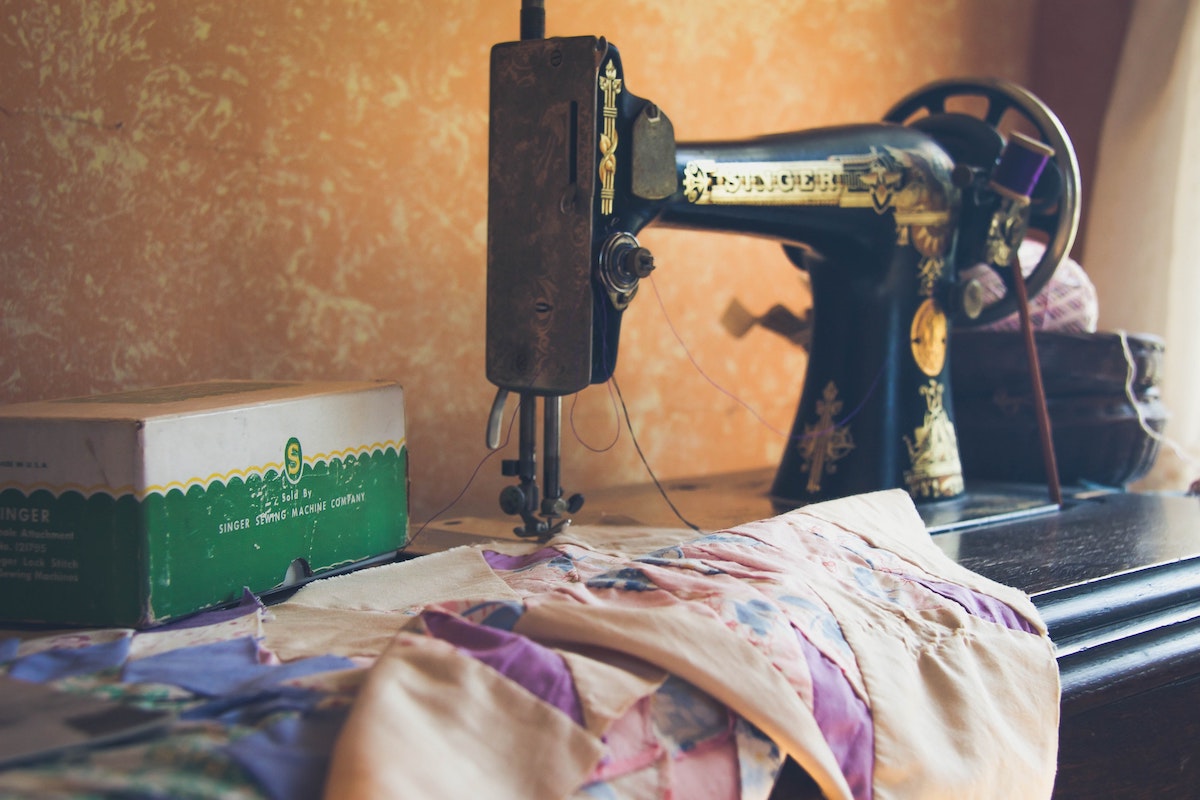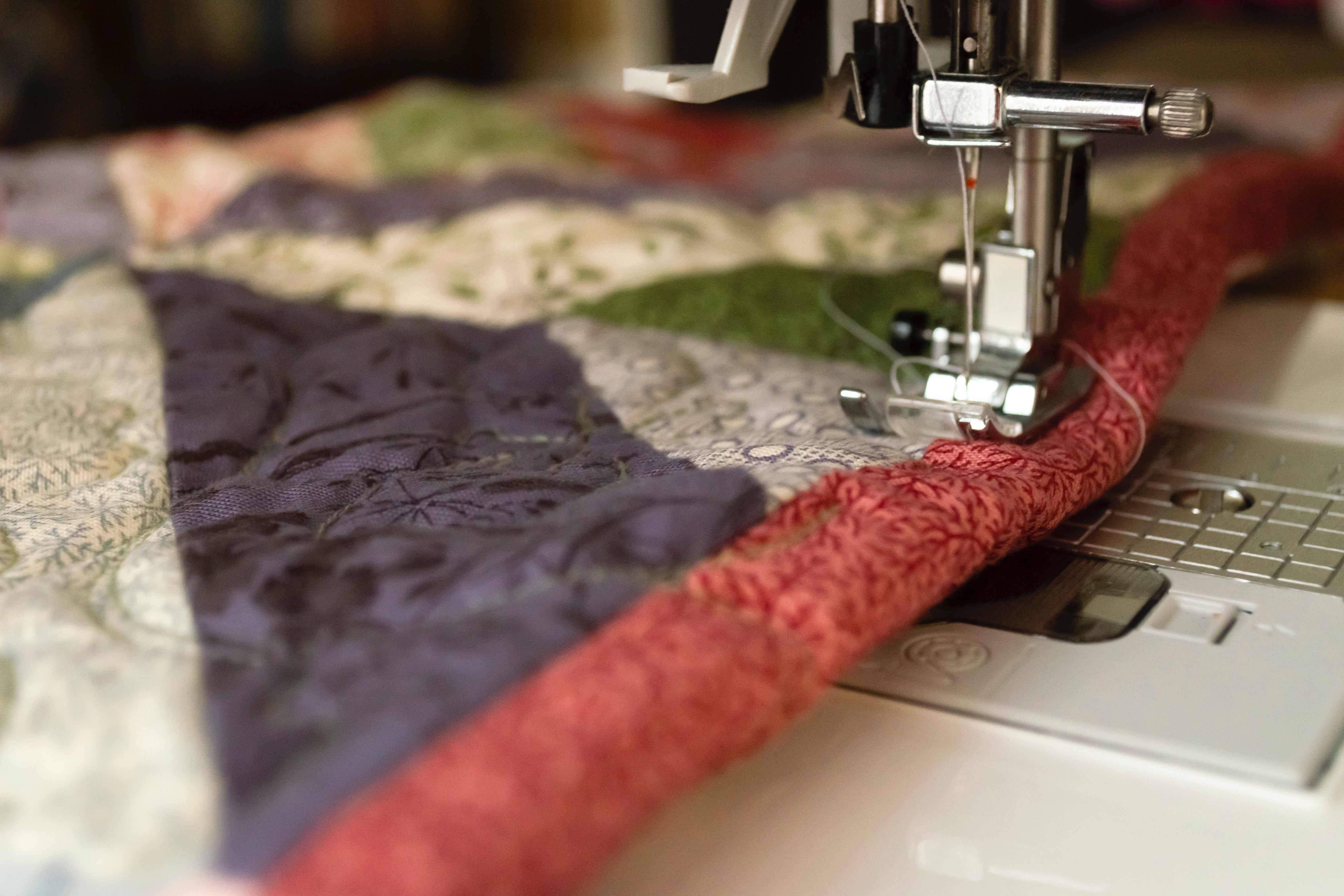
From Fashion to Trashion: How Upcycling Could Save the Planet
According to the Ellen MacArthur Foundation, an equivalent of 1 garbage truck full of textiles is either sent off to a landfill or burned every second. Clearly, there is no escaping fashion waste at this point. However, a sustainable movement that’s making the best of fashion’s growing pile of waste is looking to challenge all that.
Key Takeaways:
- Upcycling is the art of reusing old or discarded objects in a way as to create a product of higher quality or value than the original
- Compared to recycling, upcycling has a simpler approach that doesn't require intricate processes to break down the material before it can be reused
- Upcycling has the potential to create a sustainable ripple effect that can stop fashion waste in its tracks
Upcycling breathes new life into old clothes by repurposing them in a creative manner. Making a bag out of an old t-shirt, shorts out of denim jeans or creating a patchwork quilt from worn-out clothes are just some of the most common methods of upcycling.
While both upcycled and recycled fashion reuse materials, upcycling doesn't require further processes to break down the material before it can be reused. Recycling essentially involves reclaiming fibres from existing fabrics through mechanical or chemical methods, whereas upcycling has a comparatively simpler approach.
Designers upcycle by using techniques such as re-cutting and re-stitching entire garments or panels of garments together with off-cuts, vintage fabrics and trims to produce one-of-a-kind pieces.
Brands like Chopova Lowena, Christopher Raeburn and Bode, are known for repurposing vintage textiles and deadstock materials with traditional crafts or mending techniques to create their sustainable collections.

Last year, upcycling saw a huge rise during the initial phase of lockdown when tie-dye was declared a quarantine trend that grew rapidly through tutorials on Gen Z favourite platforms like YouTube and TikTok. While it may seem like a household hobby at first, upcycling has the potential to create a sustainable ripple effect that can stop fashion waste in its tracks.
Here’s how upcycling promotes sustainability:
- Diverts waste from landfills
At its very core, upcycling encourages extending the shelf life of your clothes as opposed to discarding them once worn-out. This has the potential to delay or even divert clothing from being sent to landfills.
- Less resource-intensive
The fashion industry is the third-largest user of water globally (after oil and paper). Upcycled clothes have little to no need for natural resources to be utilised. The process uses existing resources that don’t require new raw materials in the production process.
- Reduces the impact of production
Around 8,000 synthetic chemicals are used in producing fashion and their hazardous impacts can adversely affect the health of individuals across the supply chain. Since upcycled fashion repurposes discarded or vintage fabrics, the need for freshly produced textiles is diminished.
- Plays a huge role in encouraging circularity
For fashion, circularity does away with the current ‘take-make-dispose’ model of the linear economy and instead ensures that products are used more, made to be made again, and are produced using renewable inputs. And upcycling, by its very nature, plays well into the circular model by encouraging the reuse of fashion.
- Job creation
Sustainability isn’t just an environmental cause but a social one as well. In fact, employment creation is one of the key frameworks of the United Nations sustainable development goals. In India, upcycling utilises techniques like ‘kantha’ which involves hand stitching and layering of old fabric to create something special and new. Today, this technique is taking the notice of international designers who are now employing fair wage artisans in India and Bangladesh to create their upcycled creations.
To know more about the many benefits of creating trashion from fashion, read our piece on Upcycling: Why Its the Most Sustainable Thing You Can Do.







